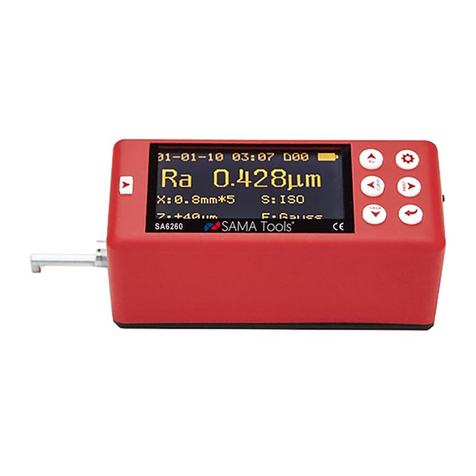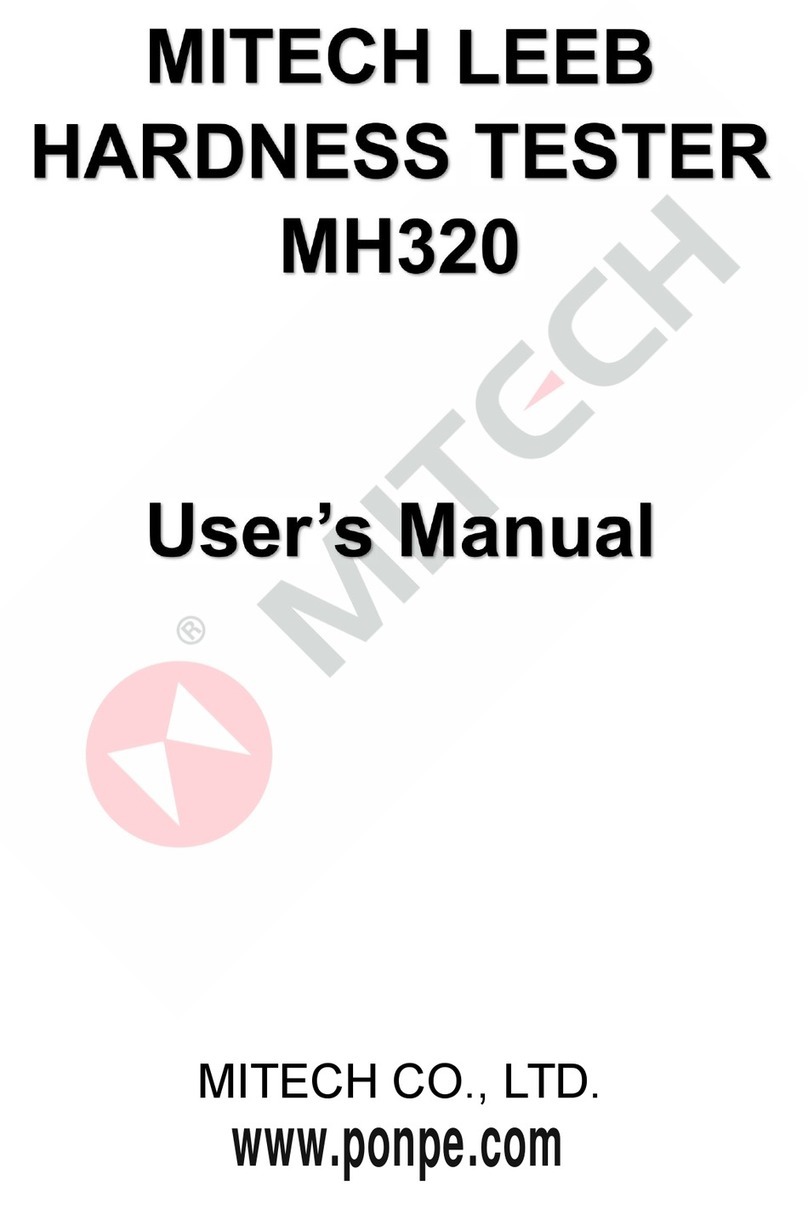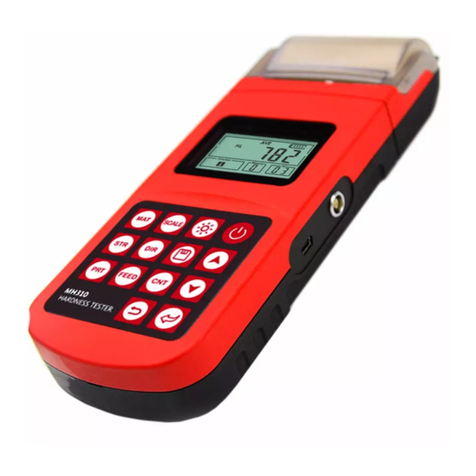
CONTENTS
1 Overview...................................................................................................................................................... 4
1.1 Product Features............................................................................................................................... 4
1.2 Measuring Principle...........................................................................................................................4
1.3 Specifications..................................................................................................................................... 4
1.4 Transducer Technical Parameters.................................................................................................. 5
1.5 Configuration...................................................................................................................................... 6
1.6 Operating Conditions........................................................................................................................ 6
2 Structure Feature.......................................................................................................................................6
2.1 Main Screen....................................................................................................................................... 7
2.2 Keypad Definitions............................................................................................................................ 7
3 Test Preparation.........................................................................................................................................8
3.1 Transducer Selection........................................................................................................................ 8
3.2 Condition and Preparation of Surfaces..........................................................................................9
4 Startup.......................................................................................................................................................... 9
4.1 Power Supply..................................................................................................................................... 9
4.2 Connecting the Probe.....................................................................................................................10
4.3 Starting the Instrument................................................................................................................... 10
4.4 Configuration of the Standby Settings......................................................................................... 10
5 Operations................................................................................................................................................. 11
5.1 Setting the Work Mode................................................................................................................... 11
5.2 Probe Selection................................................................................................................................11
5.3 Perform Probe Zero........................................................................................................................ 11
5.4 Sound Velocity Calibration.............................................................................................................12
5.5 Making Measurements................................................................................................................... 13
5.6 View Mode Setting.......................................................................................................................... 14
5.7 Nominal Thickness Setting............................................................................................................ 15
5.8 Limit Setting......................................................................................................................................15
5.9 Changing Resolution...................................................................................................................... 16
5.10 Memory Management.................................................................................................................. 16
5.11 Key Sound Setting........................................................................................................................ 17
5.12 Warn Sound Setting......................................................................................................................17
5.13 LCD Brightness Setting................................................................................................................17
5.14 Display Standby Setting...............................................................................................................18
5.15 Auto Poweroff Setting...................................................................................................................18
5.16 Changing Unit System................................................................................................................. 18
5.17 Date and Time setting.................................................................................................................. 18
5.18 Language Setting.......................................................................................................................... 19
5.19 Product Information...................................................................................................................... 19
5.20 Reset System................................................................................................................................ 19
5.21 Print via Bluetooth.........................................................................................................................19
5.22 USB Communication.................................................................................................................... 20
6. Measuring Technologies......................................................................................................................21
6.1 Measuring Method.......................................................................................................................... 21

































